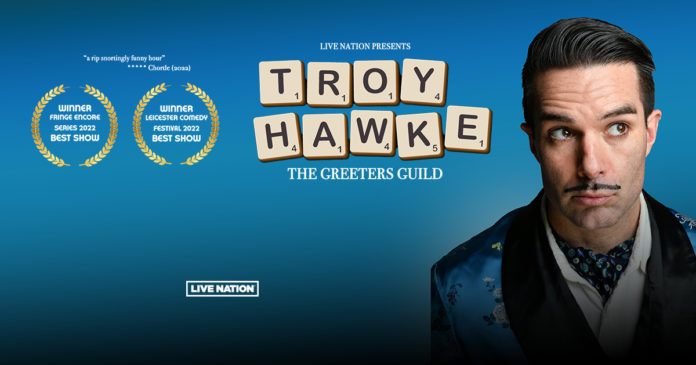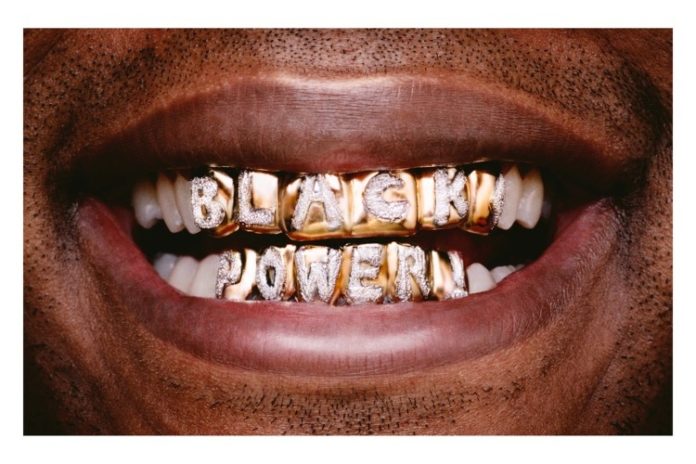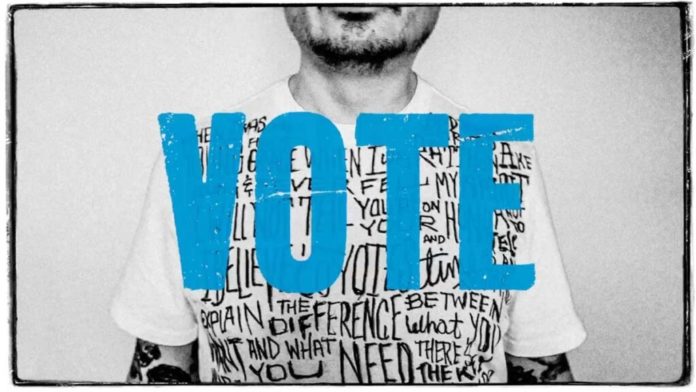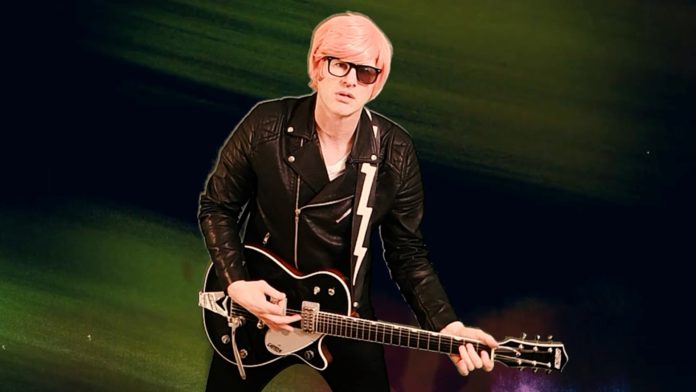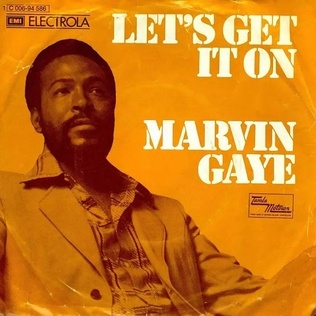Endlessly inventive, hip hop culture was birthed in the Bronx, New York City among working class Black and Latinx youth and went on to dominate radio, dance floors, the runway and the artist studio. Making it’s only Canadian stop at the Art Gallery of Ontario (AGO), The Culture: Hip Hop and Contemporary Art in the 21st Century tells the story of this multi-disciplinary and expressly creative culture, its philosophies and global impact. Opening December 4, 2024, The Culture features contemporary art by more than 65 artists among them, Stan Douglas, John Edmonds, Deana Lawson and Hank Willis Thomas.
The title of the exhibition stems from a long-standing hip hop phrase “(do it) for the culture” which implies a commitment and service to hip hop’s roots, practices, ethics, viewpoints and values to ensure the culture’s communal achievement and advancement even if that act entails sacrificing personal gain.
Since its inception in 1973, hip hop has given rise to and been adopted by numerous, overlapping creative fields, all the while traversing many locales, institutions, and landscapes. Celebrating Toronto’s unique contributions to contemporary art and hip-hop culture, the exhibition features artists Caitlin Cronenberg’s iconic photograph of the CN Tower for Drake’s Views album cover; Craig Boyko’s portrait of a young Snoop Dogg; and some of Toronto’s hip hop pioneers immortalized through the lens of Patrick Nichols. The exhibition also highlights apparel from legendary Toronto Streetwear brand Too Black Guys.
The Culture was curated by Asma Naeem, the Dorothy Wagner Wallis Director of the Baltimore Museum of Art; Gamynne Guillotte, former Chief Education Officer at the Baltimore Museum of Art; Andréa Purnell, Audience Development Manager at the Saint Louis Art Museum; and Hannah Klemm, former Associate Curator of Modern and Contemporary Art at the Saint Louis Art Museum. The presentation of the exhibition at the AGO is organized by Julie Crooks, Curator, Arts of Global Africa & the Diaspora, AGO.
“No conversation about hip hop would be complete without recognizing the many contributions made by Canadian artists. In bringing this exhibition to Toronto, we have an exciting opportunity to affirm our place in the global conversation about it,” said Julie Crooks, Curator, Arts of Global Africa & the Diaspora, AGO. “The artworks on view here are as multifaceted as hip hop itself and in their conceptual and material innovations, reveal hip hop as a wellspring that has and continues to challenge Eurocentric ideals of beauty and power.”
“RBC is pleased to partner with the AGO to bring this dynamic exhibition on hip hop culture to Toronto – a city with a rich history and influence in the genre itself,” says Shannon Cole, Chief Brand Officer, RBC. “We deeply believe in the importance of amplifying diverse perspectives and thank the AGO for helping to bring people together through the power of art and creative storytelling.”
Emerging 51 years ago, hip hop was both a response to deindustrialization and social dislocation, as well as a desire to use the expressive arts (through hip hop’s elements of emceeing/rapping, deejaying, graffiti-writing, and breaking) to document urban realities and speak truth to power.
On view on Level 5 of the AGO, this expansive exhibition of more than 100 artworks and objects, is set to an original ambient soundscape by producer and scholar Wendel Patrick, and is organized around six chapters: Language, Brand, Adornment, Tribute, Pose, and Ascension. Language, whether in words, music, or graffiti, explores hip hop’s strategies of subversion. Brand highlights the iconic streetwear brands born from hip hop and the seduction of success. Adornment exuberantly challenges white ideals of taste with alternate notions of beauty, while Tribute testifies to hip hop’s development of a visual canon. Pose celebrates how hip hop speaks through the body and its gestures. Ascension explores mortality, spirituality, and the transcendent.
Featured artworks include:
- Stan Douglas, ISDN (2022) a two-channel video installation, initially conceived for the 59th Venice Biennale
- Aaron Fowler’s, Live Culture Force 1’s, (2022) a large-scale sculpture of oversized Nike Air sneakers, made of car parts
- Julie Mehretu’s, Six Bardos: Transmigration (2018) a riotous, graffiti like work on paper
- Alvaro Barrington’s, They have They Can’t (2021) a tribute to Tupac Shakur, featuring lyrics sewn in yarn on burlap
- Robert Pruitt’s, For Whom the Bell Curves (2004) a map of trans-Atlantic slave routes traced in gold chains
The Culture is accompanied by a 308-page catalogue, published by Gregory R. Miller & Co, the Baltimore Museum of Art, and Saint Louis Art Museum. Featuring artworks from the exhibition and contributions from more than 50 scholars, artists, curators, and arts leaders, the publication will be available at shopAGO this fall for $79 CAD.
The Culture is free for Ontarians under 25, AGO Members, Annual Passholders, and Indigenous Peoples and is included in General Admission. AGO Members see it first, beginning December 4, 2024. Annual Passholders see it beginning December 7, 2025, and single ticket buyers see it beginning Jan. 7, 2025. The exhibition is on view until April 6, 2025. For more details on how to become a Member or Annual Passholder, visit ago.ca.
Programming highlights:
- On Friday, December 6 from 6 p.m. to 9 p.m. the AGO celebrates the opening of The Culture: Hip Hop and Contemporary Art in the 21st Century with a night of music and art. Tickets for this event are free but must be booked in advance. Tickets include admission to the exhibition and to the opening party, including a performance by Canadian music legend, the godmother of Canadian hip hop, Michie Mee at 8 p.m. This event is open to all ages. Free tickets will be available in November. For more details, visit ca/events/culture-public-opening.

